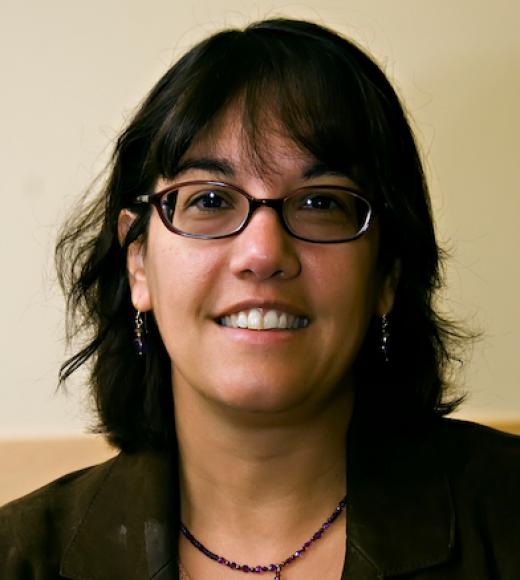
Position Title
Professor
We use chemical approaches to investigate the fascinating area of DNA repair. Damage to DNA can result in deleterious outcomes, such as cancer and aging; fortunately, most DNA damage is repaired by DNA repair enzymes. Our laboratory focuses on the repair of damaged DNA bases which is mediated by the process of base excision repair. The key enzymes in this pathway are the damage-specific DNA glycosylases that search through the vast amount of normal DNA to find subtle potentially mutagenic base modifications. Our goals are to understand the molecular details associated with the recognition and repair of DNA damage, and how these features impact mutagenesis and carcinogenesis. As chemical biologists interested in DNA repair, we use a variety of approaches, including enzymology, synthesis of modified substrates, spectroscopy, and cell biology. Importantly, putting these approaches together in unique ways allows connections to be made between the molecular insight derived from our in vitro studies, and how these features impact repair in cells. Ultimately this will reveal the critical features of the DNA repair process that prevents deleterious mutations leading to cancer, and how these processes may be manipulated for beneficial therapeutic purposes.
Education, Awards and Professional Highlights
- ADVANCE Scholar Award, UC Davis (2018)
- ACS Fellow (2011)
- AAAS Fellow (2010)
- AP Sloan Fellow
- Beckman Young Investigator
- Appointed to UC Davis faculty (2006)
- NIH Postdoctoral Fellow, California Institute of Technology (1990-1992)
- Ph.D. University of Minnesota (1989)
- B.A. Saint Olaf College (1984)
Representative Publications
- "Structure and stereochemistry of the base excision repair glycosylase MutY reveal a mechanism similar to retaining glycosidases." Woods, R.D., O'Shea, V.L., Chu, A., Cao, S., Richards, J.L., Horvath, M.P., David, S.S. Nucleic Acids Res., 2015, pii: gkv1469.
- "A zinc linchpin motif in the MUTYH glycosylase interdomain connector is required for efficient repair of DNA damage." Engstrom, L.M., Brinkmeyer, M.K., Ha, Y., Raetz, A.G., Hedman, B., Hodgson, K.O., Solomon, E.I., David, S.S. J. Am. Chem. Soc., 2014, 136, 7829-32.
- "Profiling base excision repair glycosylases with synthesized transition state analogs." Chu, A.M. Fettinger, J. C., David, S.S., Biorganic. Med. Chem. Lett., 2011, 2, 4969-4972.
- "RNA Editing changes the lesion specificity for the DNA repair enzyme NEIL1." Yeo, J., Goodman, R.A., Schirle, N.T., David, S.S., Beal, P.A., Proc. Natl. Acad. Sci. USA, 2010, 107, 20715-20719.
- "Unnatural substrates reveal the importance of 8-oxoguanine for in vivo mismatch recognition and repair by the MutY glycosylase." Livingston, A.L., O'Shea, V.L., Kim, T., Kool, E. T., David, S.S., Nature Chemical Biology, 2008, 4, 51-59.
- "Base-excision repair of oxidative DNA damage." David, S. S., O'Shea, V.L., Kundu, S., Nature, 2007, 447, 941-950.
